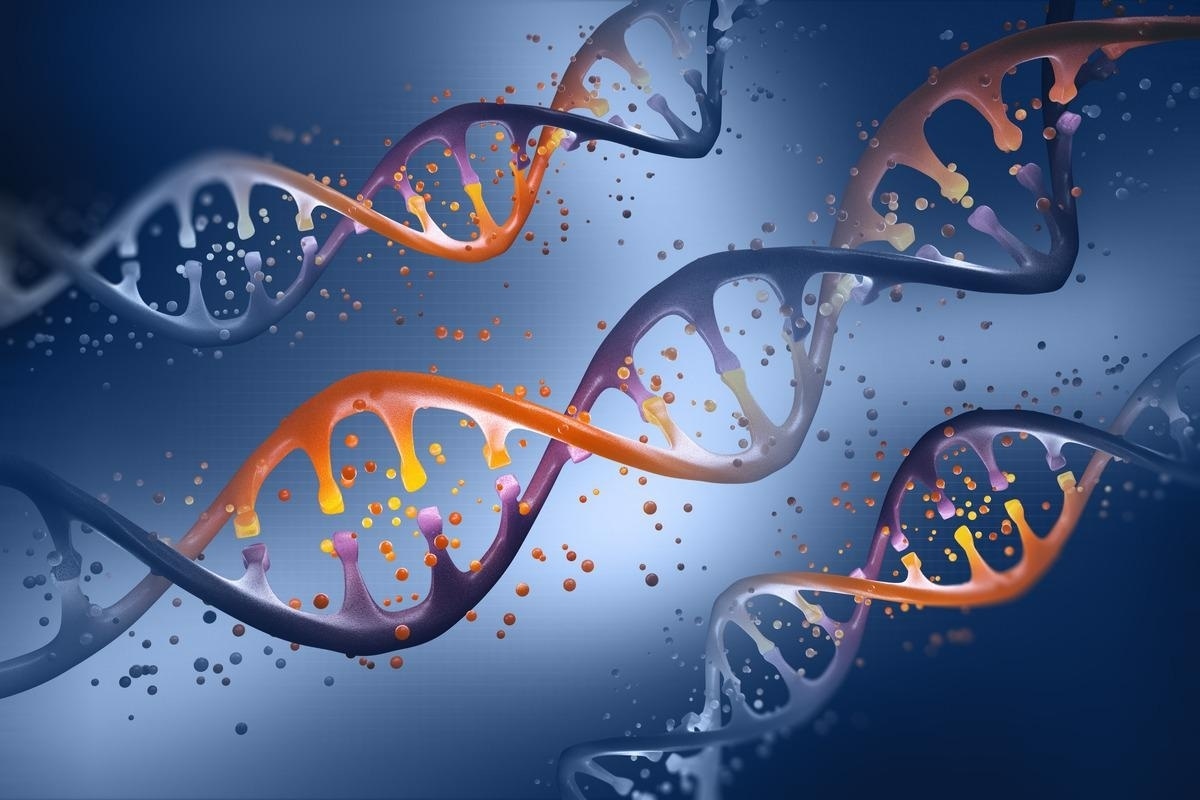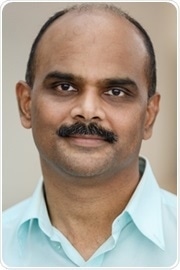 Interview conducted by Danielle Ellis, B.Sc.Jan 24 2022
Interview conducted by Danielle Ellis, B.Sc.Jan 24 2022In this interview, News-Medical speaks to Dr. Jyoti K. Jaiswal about his latest research into gene therapies for limb-girdle muscular dystrophy 2B.
Please can you introduce yourself, tell us about your background in genetic medicine, and what inspired your latest research?
I am a cell biologist interested in understanding how cells traffic their intracellular membranes and proteins and studying the relevance of these processes in the context of diseases such as tissue injury and viral infection. In my lab, we study these processes to better understand diseases and translate this knowledge into novel therapies. I have been interested in limb-girdle muscular dystrophy (LGMD2B) as defects in cellular and subcellular response to muscle injury is a critical feature of this disease and currently, there are no therapies available to treat these defects in the affected patients.
Can you give an overview of limb-girdle muscular dystrophy (LGMD) 2B?
This disease is caused by a genetic defect that results in the loss of the muscle protein dysferlin. Lack of dysferlin protein leads to significant weakness and loss of skeletal muscles of the pelvic, shoulder girdle, and limbs. This is a progressive disease so the patients suffer from continuous and cumulative muscle loss that leads to a continuous decline in their ability to carry out most, if not all the routine daily physical activities.
What is the genetic defect associated with LGMD 2B? How does this defect affect the strength of muscles?
The genetic defects responsible for LGMD2B are recessive mutations in the dysferlin gene that lead to the decrease or loss of the dysferlin protein. This deficit is used to diagnose the patients. In muscle cells, dysferlin protein is required to repair the skeletal muscle cell membranes that are injured from routine activity or trauma. Failure of this repair process and the resulting changes cause the muscles to degenerate and become weak and dysfunctional.

Image Credit: Dan76/Shutterstock
Currently, there are no therapies available for patients with LGMB2B. Why is this?
The challenges associated with restorative gene therapy are the large size of the gene and the challenges associated with the use of vectors for muscle delivery. Other efforts to develop drugs have demonstrated efficacy in mouse models, but their clinical efficacy and safety are yet to be established. One drug-based therapy that we previously found to be beneficial in preclinical studies for LGMD2B has recently shown promise in human trials for Duchenne Muscular Dystrophy and could be useful for being tested as a potential therapy for patients with LGMD2B.
Your current research aimed to overcome these challenges. Can you describe how you carried out your research?
We tackled the challenge towards advancing gene therapy by taking an unconventional approach in the field. Instead of restoring dysferlin protein, we aimed at tackling the downstream defect caused by the lack of dysferlin protein, namely the release of the enzyme Acid Sphingomyelinase (ASM) by the injured muscle cells.
As dysferlin is required for the release of ASM outside the muscle fibers, we attempted to substitute for dysferlin deficit by externally providing the enzyme to the muscles. For this, we attempted to produce ASM in the liver and have it be secreted into the blood, so it can reach the muscle. We then tested the therapeutic dose and benefit of this dose in alleviating the muscle weakness and degeneration seen in dysferlin deficit patients using an established mouse model for this disease.
How did your novel gene therapy impact the rate of muscle regeneration and the progression of LGMD 2B? How could this new therapy impact the lives of affected patients and their families?
The therapy reduced muscle damage, reducing the need for muscle regeneration. This also reduced muscle loss and maintained the health and functionality of the dysferlin deficient muscle fibers. The hope is that this therapy will stably slow down the progression of the disease symptoms and prolong the ability of the patients to lead a healthier and functionally active life.

Image Credit: Yurchanka Siarhei/Shutterstock
Do your findings have significance for patients with other diseases?
Since ASM deficit is the basis for Nieman Pick Disease A, establishing the safe use of the therapeutic approach we have described could also benefit these patients by helping reverse the neuromuscular and other pathology, since the secreted ASM will be available to all organs.
Gene therapies are a promising treatment for many rare diseases. What are the future prospects of gene therapies in rare disease treatment?
The improvement in vectors for gene delivery and the increasing pace at which new pathogenic genes are being identified and their downstream mechanisms are being elucidated are constantly raising the optimism of gene therapy for tackling rare diseases.
What are the next steps for you and your research?
There is a need to establish the long-term safety of the approach we have described, which will open the path for translating the benefit of this therapy to the clinic.
Where can readers find more information?
About Dr. Jyoti Jaiswal
Dr. Jyoti Jaiswal is a professor in the Department of Pediatrics and Department of Genomics and Precision Medicine at the George Washington University School of Medicine and Health Sciences. He is Associate Director of Academics and a Senior Investigator at the Children's National Research Institute, where he also directs the institutional microscopy core.
The main focus of his research is to better understand the cellular and molecular details of the diseases involving injury or infection and to develop approaches to correct the deficits associated with these diseases. As a muscle biologist, his lab is engaged in studying muscular dystrophies and developing therapies for these rare diseases. As a mentor, he is passionate about training the next generation of scholars engaged in pursuing basic science aimed at enhancing human health.